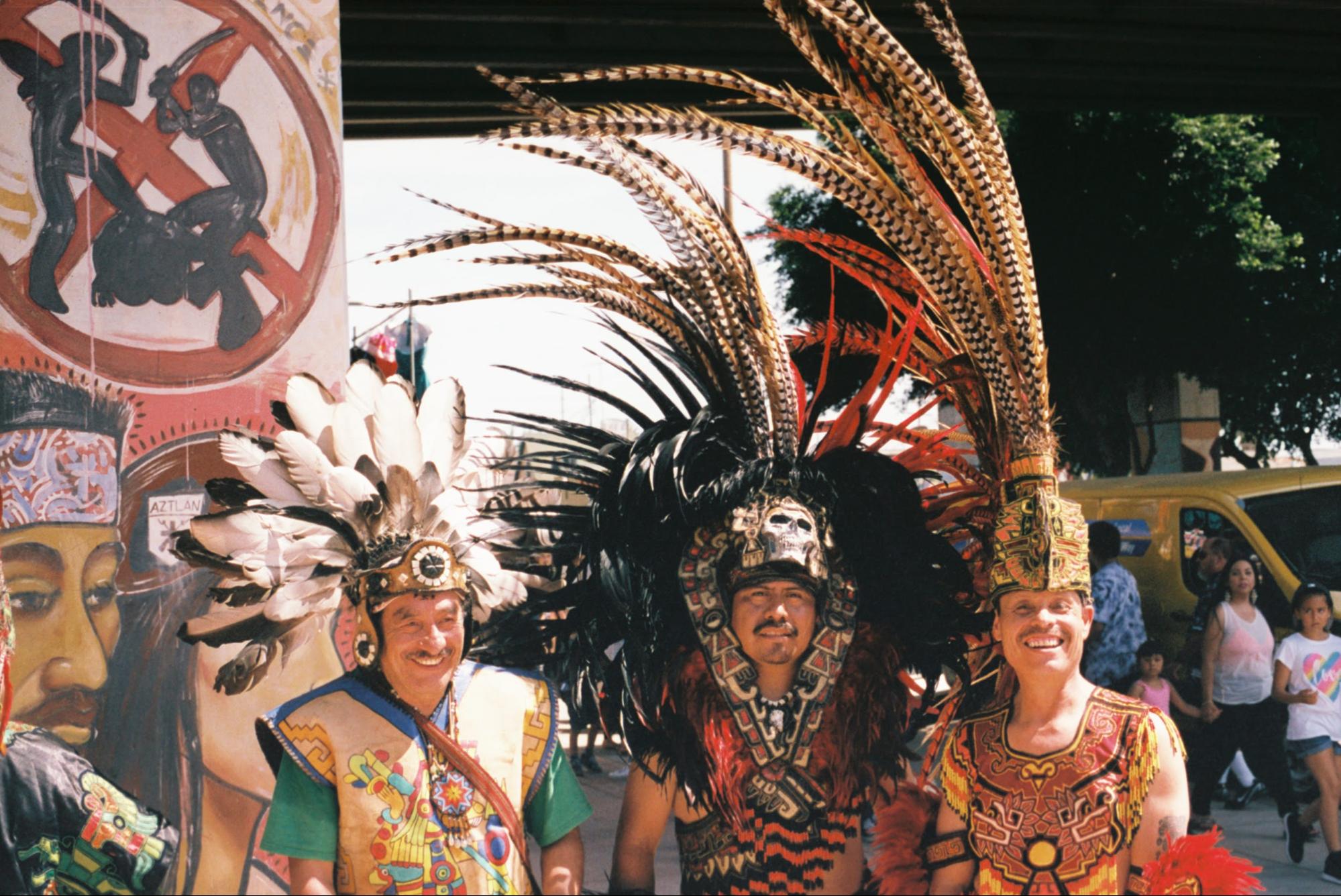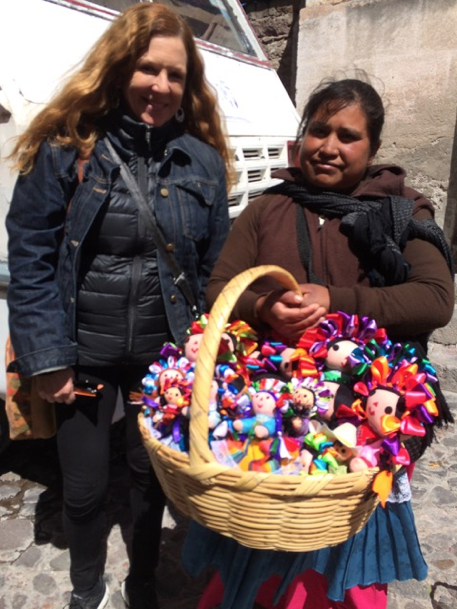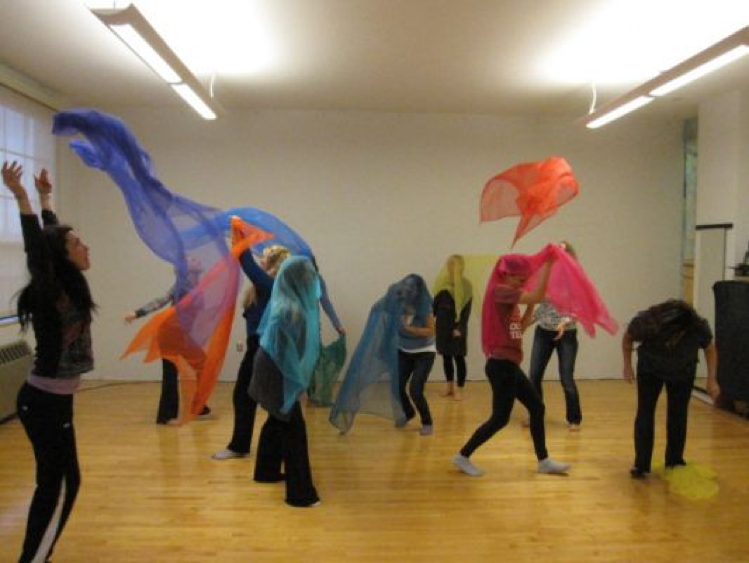Summary: Low-income Latino communities face difficulties investigating affordable healthcare access for cultural or psychological stress. An alternative medicine option such as dance therapy can be a valuable resource to empower them culturally and intellectually.

The question of “What is considered political or medical?” is evolving in the 21st century. The growing process of projects in art, science, and culture challenge this phenomenon. Aside from biotechnology integrating biological sciences and engineering, can the arts incorporated into alternative medical practices to solve psychological or physical issues? Can the arts allow people or individuals to discover their own voice and use it as a form of self-advocacy? Today, activism and healthcare are linked to bring awareness in public health to value integrative solutions for progression in culture and medicine.
Patricia Rincon, a dance anthropologist and founder of Patricia Rincon Dance Collective company, works with students from University of California, San Diego and shares cross-border relationship stories from Tijuana residents.

As a passionate Latinx community service advocate, Rincon’s dance projects are inspired by her immigration experience from Guadalajara to San Diego at the age of fourteen, and her return to Mexico where she integrated into small villages. In honor of her Mexican-American background, she believes she is responsible to “expose difficult subject matter in a positive manner.” The Otomí Tribe research project in Guanajuato, consisted of communal integration to embody stories through documentary and performance. It focused on the struggles of labor and trying to make a living in the streets of San Miguel Allende with ‘dolls and weaving’. Latino Now, a landscape piece, visually acknowledges the border phenomenon of immigrants looking to gain economic independence. Rincon’s response to promote cultural sensitivity in marginalized communities is to “adapt a lens in which we see things”: art is a lens through which we can practice empathy and gain awareness and understanding about cultural journeys.
Judith Greer Essex (director, dancer, and drama artist) and Wes Chester (co-director of Expressive Arts Institute, San Diego) introduce “intermodal polyaesthetic expressive arts therapy”. This alternative therapy promotes dance, drama, painting, drawing, and poetry as storytelling skills to help patients (drug and alcohol victims, teens, battered women, LGBT, etc.) revisit stressful or traumatic events and find self-empowerment through art mediums. Essex’s movement therapy calls attention to “how [patients] are not taking care of themselves and how they need to listen to their own voice.” Aside from physical health, mental health is crucial to the recovery process. Making art allows these individuals to respect their individuality and find their own truth. A question Judith asks herself about today’s society is “how can the arts bridge the gap between everyone’s race, culture, experience, income level, education, etc.” The practice of transforming visual to auditory communications brings empathy and cultural connection. Our history demonstrates that as “Homo sapiens the arts is our medicine to feel better about for mental and physical health.”

Dance movement for politics and medicine is a social project for sociocultural contribution. Embodiment of personal stories is a valuable resource for promoting cultural understanding. Dance heals the mind and soul. Logic and creativity are challenged through creative projects. People become familiar with their own strengths and weakness through moving and at the same time learn how to discover their own voice. Combining the arts, culture, and healthcare as complementary entities is essential for physical and mental growth.
Extra Information:
Movement Exchange
https://www.facebook.com/ucsdmovex/
Occupational Therapy
https://www.facebook.com/groups/SPOTatUCSD/
